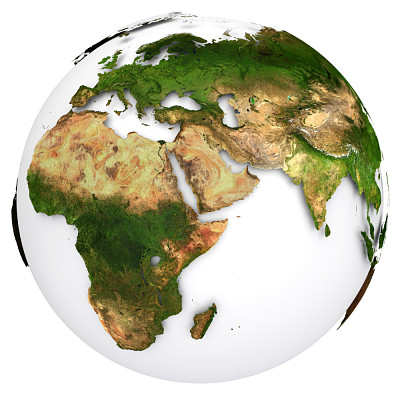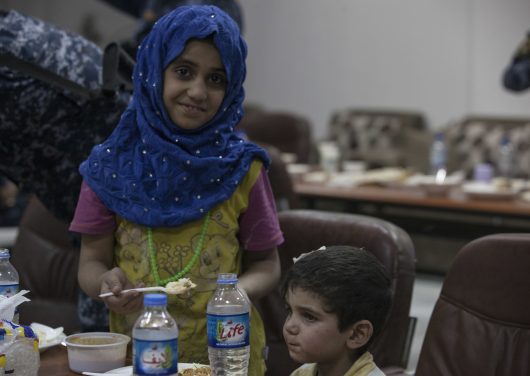 In 2016, the United Nations Office of the High Commissioner for Refugees (UNHCR) published its annual Global Report on the state of the world’s refugee crisis. Among other things, the report highlights a 6 percent rise in what it terms ‘populations of concern’ over the past year alone. That is a total increase of one million people.
In 2016, the United Nations Office of the High Commissioner for Refugees (UNHCR) published its annual Global Report on the state of the world’s refugee crisis. Among other things, the report highlights a 6 percent rise in what it terms ‘populations of concern’ over the past year alone. That is a total increase of one million people.
Specifically, the global number of refugees — people who have been forced from their home countries due to war or other life-threatening occurrences — has risen by 6.7 million in just five years.
Imagine if nearly the entire population of Washington state was suddenly forced to leave, and depend entirely on their ability to convince a political body, over which they have no control, of the unequivocal necessity of their leaving home. The total number of people living this reality stands at 16.5 million.
What does this situation mean for college-aged adults? What access is there to higher education for refugees? According to UNHCR statistics on refugee education, the situation is bleak. Just 1 percent of all college-aged refugees are able to seek higher education, while the other 99 percent is left out.
However, there is one program that seems to have had a profoundly positive impact on thousands of college-aged refugees. The UNHCR’s Albert Einstein German Academic Refugee Initiative Fund (DAFI).
DAFI was first implemented in 1992, and has continued to receive a majority of its funding from the government of Germany. Through the financing of higher education for refugees at approved universities, DAFI aims to:
- Promote self-reliance and empowerment for sponsored students and their family
- Help sponsored students to become adept community leaders capable of assisting their home countries
- Provide the training necessary for scholarship recipients to work within refugee communities while awaiting repatriation
- Facilitate host country integration for scholarship recipients and their families
- Demonstrate to all, especially women and girls, the value of education
So, what does it take for a potential scholar to be granted a DAFI scholarship? First, students must be in what the UNHCR terms “developing countries or countries in transition”, as well as have been granted asylum from the country in which they will pursue their studies. Second, they must be under 28 years of age when their studies begin.
Additionally, as the program is intended to arm a generation with the necessary skills required to help rebuild their countries of origin, all students must decide on a course of study that will see them quickly employed upon repatriation.
As of 2015, 2,321 people were able to achieve their dream of attending university. This is a substantial increase from a total of just 4,774 scholars in the first 15 years of its operation.
For its relatively short history, it would seem that the program of higher education for refugees has been hugely successful. Indeed, one of its only critiques may be that it cannot reach more would-be college students faster.
– Katarina Schrag
Photo: Flickr
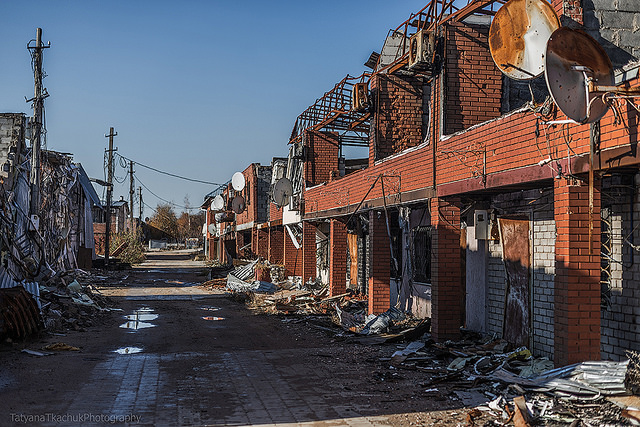
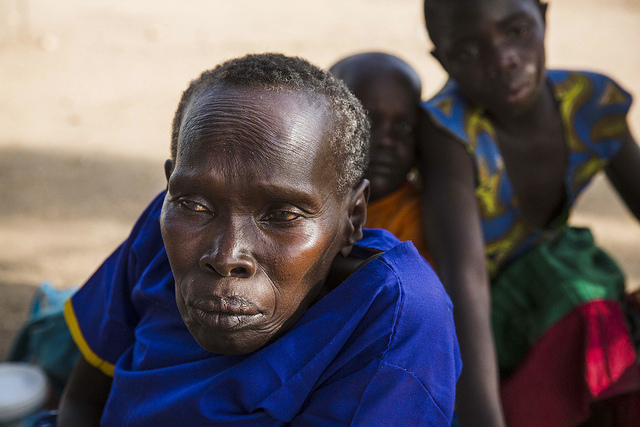
 Today, there are
Today, there are  Most refugees around the world do not have access to monetary resources. This problem has affected their economy, by preventing them from getting cash for their basic needs and essential supplies like food and good quality shelter materials. Syrian refugees face this difficulty in
Most refugees around the world do not have access to monetary resources. This problem has affected their economy, by preventing them from getting cash for their basic needs and essential supplies like food and good quality shelter materials. Syrian refugees face this difficulty in  One-fourth of the population in
One-fourth of the population in 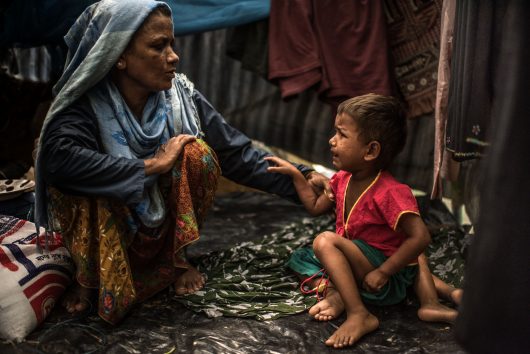 The Rohingya are a Muslim minority in Buddhist-majority Myanmar. Many Rohingya trace their roots in Myanmar back to the 15th century, yet they have been
The Rohingya are a Muslim minority in Buddhist-majority Myanmar. Many Rohingya trace their roots in Myanmar back to the 15th century, yet they have been 